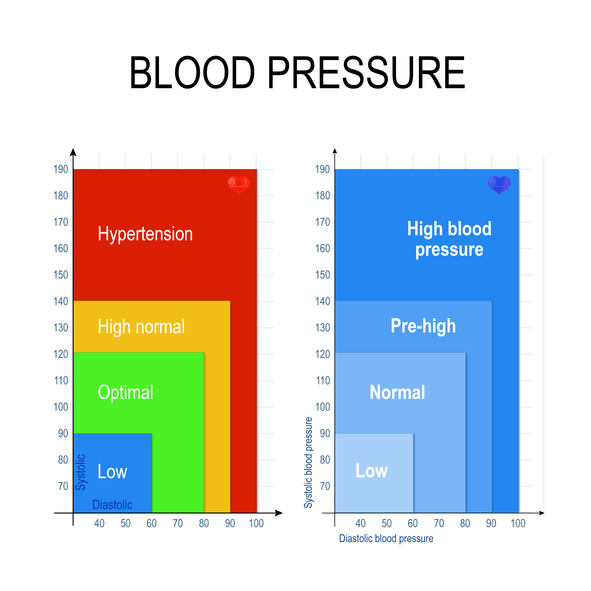The World Health Organization attributes hypertension, or high blood pressure, as the leading cause of death due to cardiovascular diseases. Hypertension is often called the Silent Killer as it has no symptoms. The only way to know if you are hypertensive is by measuring your blood pressure.
According to the World Hypertension League (WHL), more than 50% of the population worldwide (nearly 1 billion people) are unaware they have hypertension. Most people understand that blood pressure is one of the important measures of health. Left uncontrolled, hypertensive people might be at risk for heart disease, stroke, kidney failure, vision loss and serious health consequences.
Blood pressure is essential to life. To keep blood flowing through your body, your heart will exert force on the walls of your blood vessel, producing blood pressure. The sophisticated cardiovascular system ensures the supply and circulation of oxygen and nutrients to the organs in your body.
Blood pressure rises each time your heart beats and falls in between beats. The differences in pressure are reflected in your blood pressure reading. Your blood pressure is represented by your systolic and diastolic readings.
Systolic blood pressure (the upper / higher number) is the amount of pressure your blood exerted against your artery walls when the heart beats.
Diastolic blood pressure (the lower number) is the amount of pressure your blood exerted against your artery walls while the heart is resting between beats. Because your blood needs to keep flowing even in between heartbeat, your diastolic pressure is lower than systolic but not zero.
A reading of 120/80 mm Hg means that your systolic pressure is 120 while your diastolic pressure is 80 mmHg unit in the blood pressure reading is an abbreviation of millimeters of mercury, the standardized measurement unit of blood pressure.

Both systolic and diastolic numbers are important in determining the state of your health. Numbers greater than the ideal range indicate that your heart is working too hard to pump blood while lower than ideal range may indicate inadequate blood flow.
An ideal and healthy blood pressure range is more than 90/60 mmHg and less than 120/80 mmHg. In other words, normal blood pressure range is reflected by the systolic pressure that’s between 90 mmHg and less than 120 mmHg and diastolic pressure that’s between 60 mmHg and less than 80 mmHg.
Only one of the numbers (systolic/diastolic) has to be higher or lower than it should be to be considered as either high blood pressure or low blood pressure. For example, your diastolic reading may be higher than normal despite having a normal systolic pressure, which may suggest diastolic hypertension.

Elevated blood pressure in the range of 120 mmHg-140 mmHg (systolic) over 80 mmHg -90 mmHg (diastolic) is a sign of prehypertension. This means that although you are not yet hypertensive, your blood pressure is no longer in the ideal healthy range. However, one shouldn’t be too concerned about one blood pressure reading. It should be measured regularly to better understand the trend and consistency of your blood pressure readings. If you are prehypertensive, changing your dietary habit and exercise can help reverse your blood pressure to a healthy range and prevent the development of hypertension. You can share these readings with your doctor to discuss early management plans.
|
Previous article Ultimate Guide in Choosing a Blood Pressure Monitor |
Next article 7 Common Complications of High Blood Pressure |